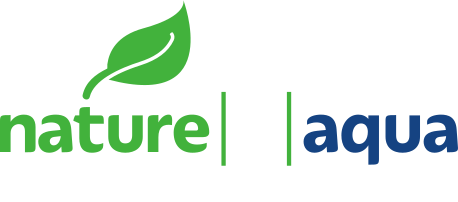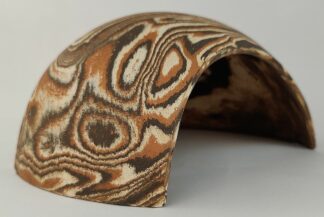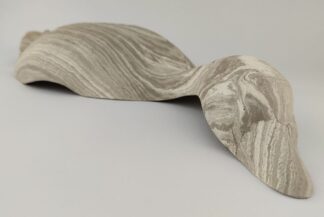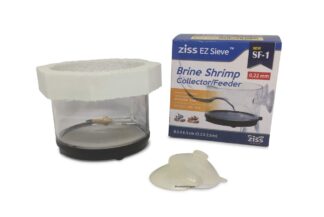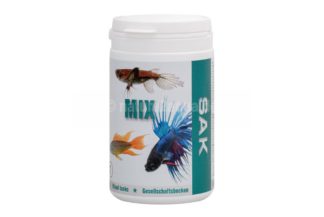The aquarium habitat differs in two points very clearly from natural waters:
1. Water volume
The available water volume is based still considerably lower than in natural waters on the amount of manicured organisms (microbes, plants, animals). Each of these organisms takes substances from the water and are on the other hand again materials to the water. Also the added fish feed and its compounds are considered. This is very easily unequal distributions in the distribution of nutrients to be trace elements that plants need especially decrease most rapidly, and to increase especially the values for nitrate and phosphate.
A constant supply of trace elements for aquatic plants then no longer guaranteed.
2. Water exchange
The second important difference is that the water continuously in natural water exchange. This of course is not “fresh” water within the meaning of tap water, but even back to biologically “processed” and “purified” water. Importantly, two factors are: 1. The removal of excess nutrient salts and 2. the continuous replenishment of the necessary trace elements. Both are given in principle in natural waters intact, this shall apply both to rivers as well as lakes (the latter in conjunction with the volume of water).
Ultimately, the continuity of the nutrients and trace elements is the most important, to be observed for the aquarists point so that fluctuations in the supply of water plants do not occur, or to move within narrow limits. The ideal aquarium would therefore be a flow tank with a continuous water exchange and in addition a continuous supply of all necessary trace elements by means of metering pumps.
This sophisticated technology is known in the reef aquarium with highly consumptive of trace elements coral dominated aquariums for quite some time and is more and more on the care and propagation demanding coral species, especially by hard corals.
In freshwater aquariums, the situation is basically similar, but take water plants slight variations in the continuous supply of nutrients less evil than hard coral species in seawater. Nevertheless, the general rule is the more often an exchange of water and more continuously, the supply of trace elements, the more secure the success in the culture and care of aquatic plants.
